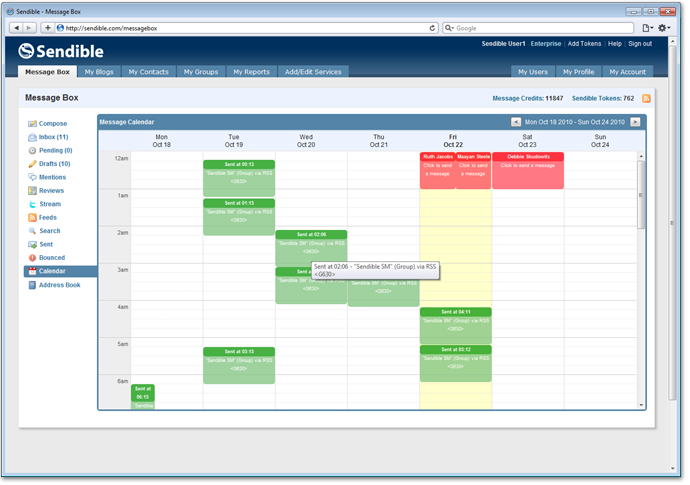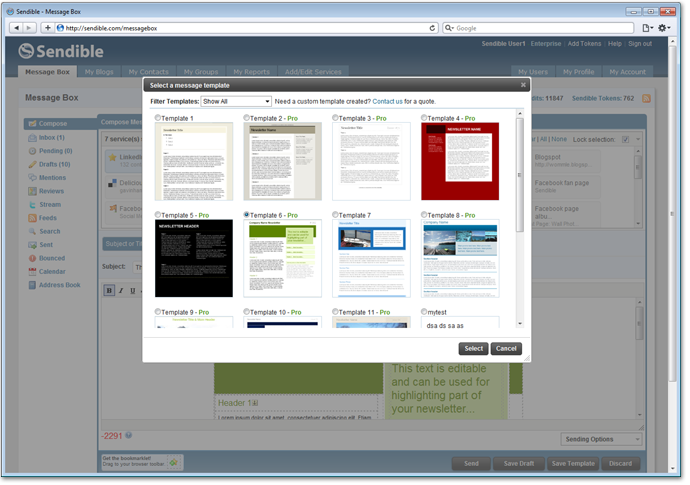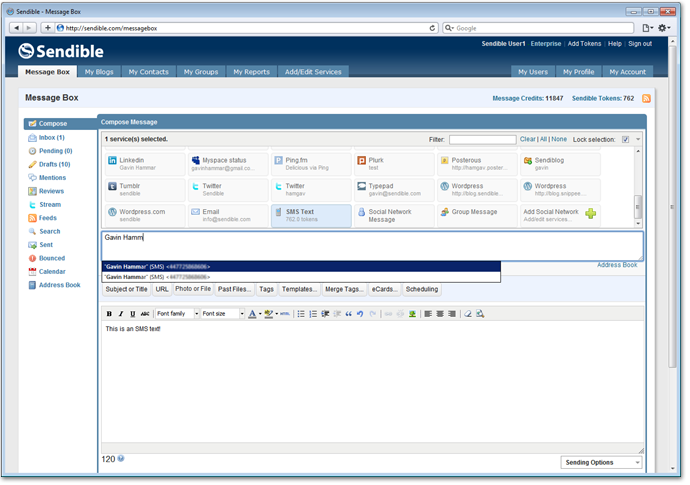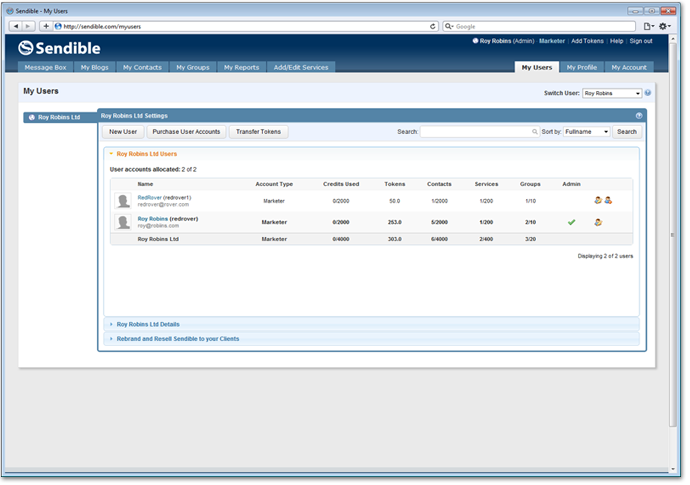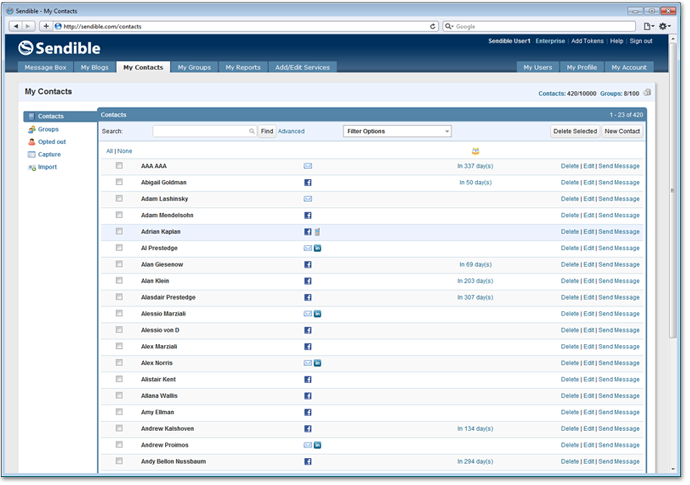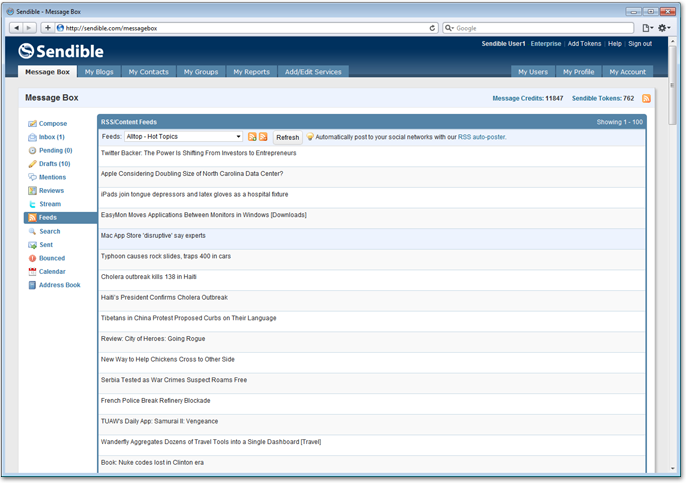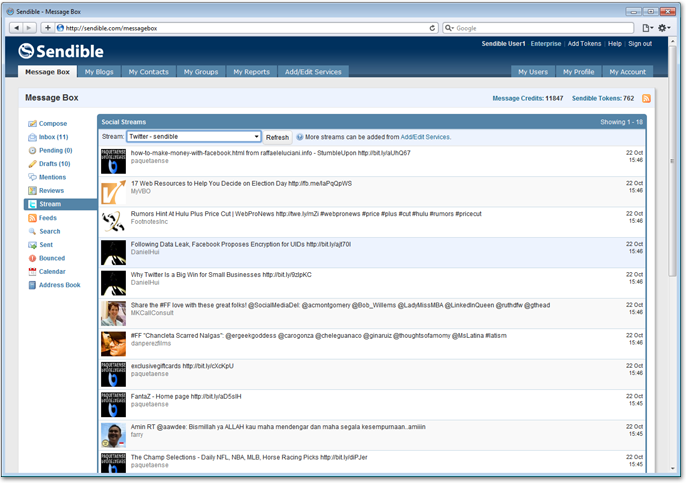
SocialEngine is social networking software powered by PHP and Zend. The script lets you easily create your own social network or online community. Includes customizable groups, photo albums, messaging, member profiles, videos, news feeds, a drag-and-drop CMS, and more.

iSocial is a free
social networking script platform that allows you to create your own Friendster and Orkut like sites. Use bookmarks, dating and create groups with just one mouse click.
Mahara is fully featured electronic portfolio, weblog, resume builder, and social networking system for connecting users and creating online communities.
This is a Social Network module for xoops CMS. You have seen Facebook, Orkut, Myspace , try Yogurt for Xoops!

The PeopleAggregator is a next-generation social networking system that goes beyond the idea of social networks as mating games, and attempts to use open standards, network inter-connectivity and massive flexibility.
Appleseed is (augmented) social networking software, ie Friendster, only distributed. Sites running Appleseed will interoperate, and form the 'Appleseed Social Network.' Development is focused on privacy and security, as well as ease of configuration.
The Mugshot site lets you track what your friends are doing online across a variety of popular
web crm, photos, blog posts, and more.
Web 2.0 bookmarking system, both social (with tags) and private (with folders). Import and export your bookmarks from Firefox, IE, Mozilla, Netscape. Admin management section, translations, groups, bookmarklets, Firefox extension, RSS feeds, and more!

spree is an expert search engine where users ask questions to find other participating users, who are knowledgeable in that area and willing to help.
Akarru is a social bookmarking engine, is used to build social bookmarkings sites, like www.blogmemes.com. Users posts links and promote links to front page using voting system.

Web-based social bookmarking system. Allows multiple users to store, share and tag their favourite links online.
SemanticScuttle is a social bookmarking tool (based on Scuttle) experimenting new features as hierarchical tags, collaborative descriptions or OpenID authentification.

Create collaborative social websites (like Ning, Myspace, Yahoo or Google groups). Each group can create a multiple web pages. They get a drop in guestbook, blog, forum and wiki. Each group is fully customizable using xHTML, CSS, Javascript and PHP.

Clonesumating is the open source version of the code that runs CONSUMATING.COM. It features many state of the art social networking functions including user profiles, user tagging, matching and discovery based on quirky tag combinations, group activities such as weekly photo contests and blog questions, an event calendar, RSS feeds for everything, etc. It is written primarily in mod_perl.

Get to know the global village and other cultures, share your place. BW Rox is the platform driving www.bewelcome.org and other social networks, aiming to bring people together in real life. Organize your travel or stay abroad, travelblog, meetings, ...
ICEcore open team collaboration software uses social networking to unify team workspaces w/ real-time web conferencing. Collaboration for knowledge networking, program management, communities-of-practice, telework, ...
Memephage is an automated web log (blog). It passively gathers and summarizes links from various places. Currently: IRC, social MUDs, e-mail, and web browsers. Uses the POE multitasking and networking framework for Perl.
A platform for the delivery and support of online learning. It differs from many other elearning platforms in that its aim is to concentrate on the social/interactive aspects of teaching and learning rather than the delivery of content to students.

Elgg is an open source social networking platform developed for LAMP (Linux, Apache, MySQL, PHP) which encompasses weblogging, file storage, RSS aggregation, personal profiles, FOAF functionality and more.
CommunityNews uses social bookmarking and bayesian techinques to provide periodic postings to blogs. Users can vote for or against RSS sources ti increase the chances that the source is used again. Spam filtering (bayesian) is provided by spam bayes.
OpenPNE is a Social Networking Service Engine written in PHP. It has many features(friend control,friend invitation,diary,blog feeds,message box,etc).

Feed Aggregator Reader (branched from FeedOnFeeds) with Social Bookmarks (del.icio.us, Blogger, Newsvine, Technorati, mailto), Article Starring, Feed Tagging, OPML, Article Search, Reblogging and Refeeding, Aging, and Edit feed attributes.
NewsCloud is an open source media platform for citizen journalism and the social news network hosted at NewsCloud.com.
Feed Me Links stores your bookmarks online so you can get to them anywhere. Import your favorites and share your links with friends. Add tags to organize your links. Discover new things.
WorldSpace is a user-extensible shared virtual environment, aimed at being a next-generation social networking system.

A networking site on the lines of Orkut.Right now we plan to build it on Jboss seam and use a Java content management system like apache Jackrabbit as the backend. It would be more of a POC than an actual commercial app.
Zoints is intimately aware that online communities are the most important aspect of the internet. Our free software solutions are designed to help solve the three major problems forum owners face: Member acquisition, Member retention and Profitability.
A simulation of the world, there will be a global map representation and players can choose a country or civilization and develop it's social, political and military existence.
PHPizabi is one of the most powerful social networking platforms on the planet. With literally thousands of websites powered by PHPizabi including everything from simple friends sites to the most complex networking super sites out there.
Ozcode is the source code behind Ozmozr.com, a microformat-aware RSS aggregator, social networking, resource sharing, identity aggregation and presentation site.
Jamss is a social news site based off of Digg.com. Jamss allows for peer submission and review of web articles and can be adapted to fit a variety of themes. Jamss runs on PHP/MySQL.

Ospo is an opensource social portal project. It use standard function (add, remove friends, top10), forums integration, music module (artists directory with albums, songs), shoutcast integration, blog (add, delete, modify, view) and so on.
AstroSPACES is the world's first open source social networking solution. Coded from scratch, it is highly efficient and very easy to use.
FlightFeather's goal is "social networking for everyone". This means that anyone should have a chance to run a popular social networking site -- on minimal hardware, and without wasting bandwidth.
S3B - Social Semantic Search and Browsing - is a middleware that delivers a set of search and browsing components that can be used in J2EE web applications to deliver user-oriented features based on semantic descriptions and social networking.
http://www.vivalogo.com/vl-resources/open-source-social-networking-software.htm















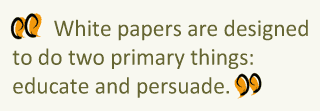 They’re probably not going to buy your software on a large scale (or switch away from another software package) on a whim. Why? Because there’s a significant cost involved, both in purchasing the software and in training their employees to use it. They want to be educated. They want to know exactly why they need software like yours, and why yours is the right choice for them.
They’re probably not going to buy your software on a large scale (or switch away from another software package) on a whim. Why? Because there’s a significant cost involved, both in purchasing the software and in training their employees to use it. They want to be educated. They want to know exactly why they need software like yours, and why yours is the right choice for them. You also have to decide whether or not you want to include a title page and abstract (a short summary of the white paper content). Here’s the rule I go by: If I include a title page, I include an abstract. If I go right into the content on the first page, then I leave the abstract out. Why? Because if I’m going to put an extra page between my reader and my main problem paragraph, then I want to give them the gist up front — a reason to open it. Sometimes a title and sub-title will be enough, but not in every case.
You also have to decide whether or not you want to include a title page and abstract (a short summary of the white paper content). Here’s the rule I go by: If I include a title page, I include an abstract. If I go right into the content on the first page, then I leave the abstract out. Why? Because if I’m going to put an extra page between my reader and my main problem paragraph, then I want to give them the gist up front — a reason to open it. Sometimes a title and sub-title will be enough, but not in every case.